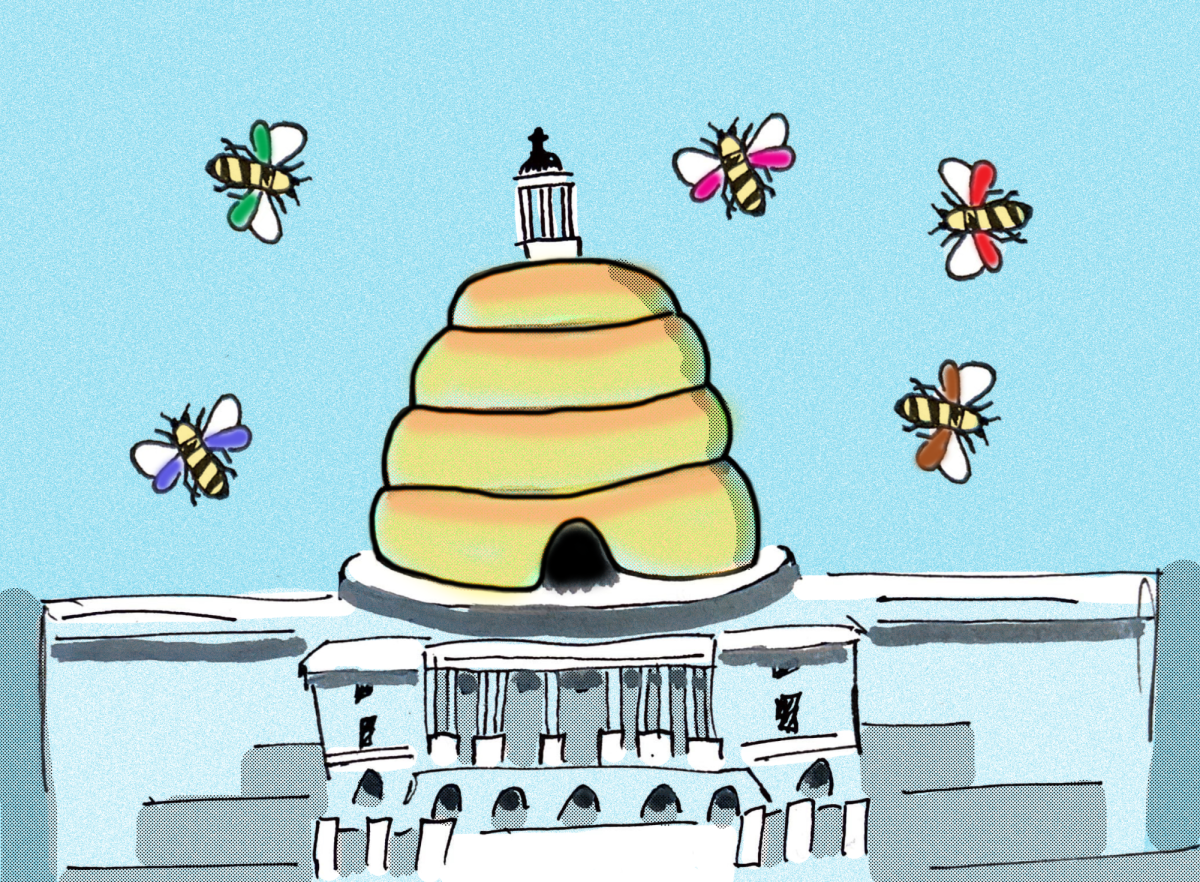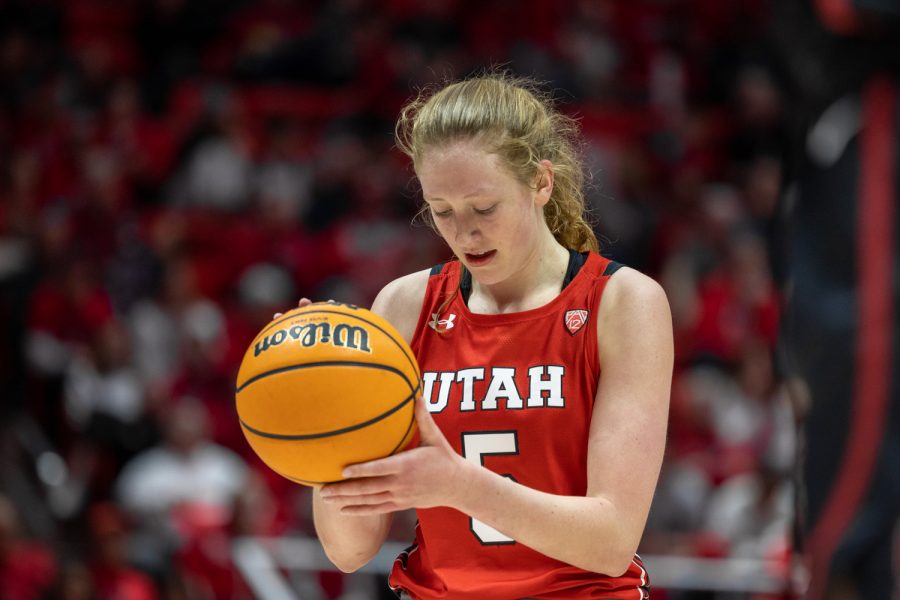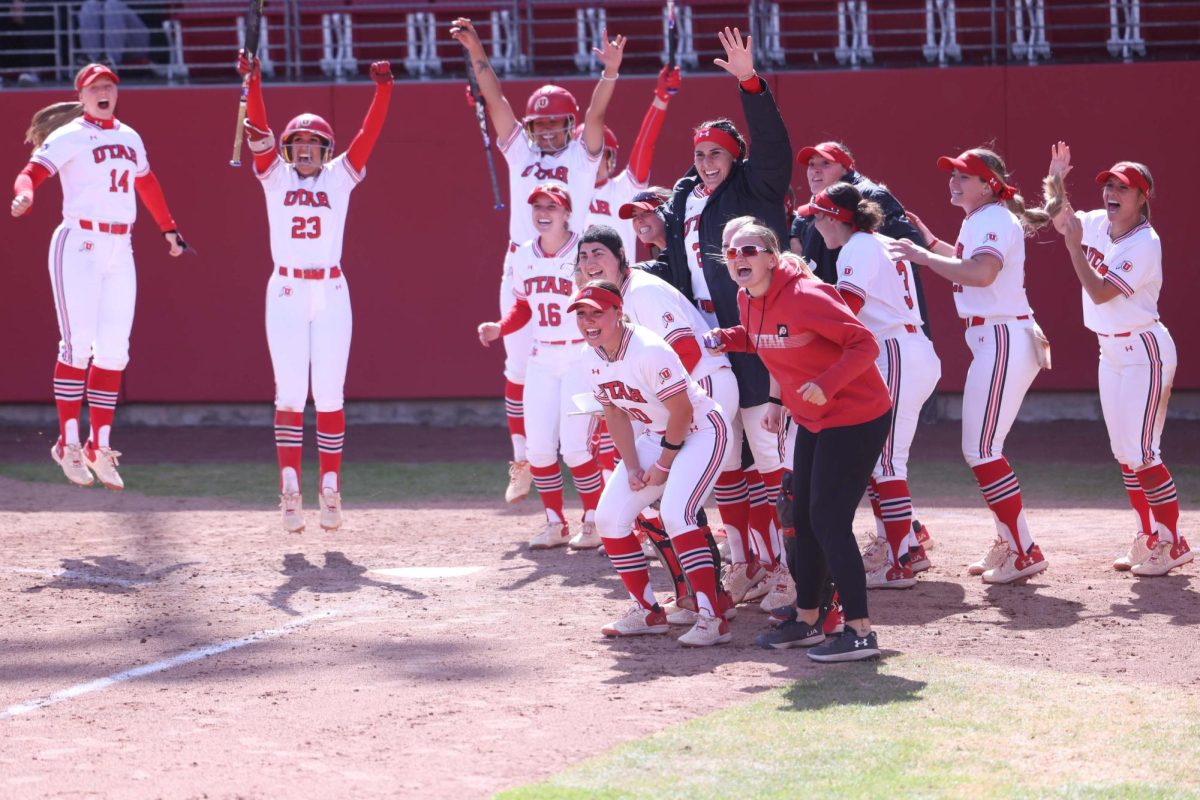Understanding Student Loans and How to Pay for School
November 20, 2019
Dave Ramsey and Democratic presidential candidates have increasingly commented on the student loan crisis recently. The national student loan debt has skyrocketed to about $1.5 trillion. Higher education costs have more than doubled since the 1980s. On average, today’s graduates are taking on over300% more student loan debt than their parents did. Former Secretary of Education William Bennett believes student loans themselves are driving college tuition increases.
At the U
“What’s really fortunate about U students is that the average student loan debt is so much lower than the national average,” said Hilerie Harris, Assistant Director of Marketing and Communications for the University of Utah’s Office of Scholarships and Financial Aid. “Utah culture is very debt-averse.”
According to an August 2019 study, Utah has the lowest average student loan debt per borrower in the country. In 2018, only 36% of Utah’s college students owed money.
“Much of the student loan crisis is about students taking on more debt than they need to,” said Tiffany Davis, an accredited financial counselor and the Assistant Director of the Financial Wellness Center at the U. “Too many students don’t understand how the repayment process works, or how compound interest functions, so they end up paying more in interest than they originally borrowed for tuition,” Davis said.
“The rule of thumb is if your student loans exceed the amount of money you can expect to make during your first year out of school, it’s probably too much debt to manage well,” Davis said.
“Hypothetically, for most students, $30,000 in student loans could be manageable, because, with a college degree, many students could expect to make $30,000 a year working full time. However, for students who have other debt like credit cards or high car payments, or who are supporting families, even $30,000 can be burdensome,” Davis said. “When students start accumulating more debt than that with an undergraduate degree, I really start to worry.”
“Even $40,000 of debt can mean a $400 per-month payment — plus or minus — for 10 years,” Davis said. “You can try to be frugal and pay more on the loan to cut down on interest and get out of debt sooner, but it can be difficult to budget and make other sacrifices to do so.”
Avoiding excess debt in the first place is key. The FWC helps students budget for the long term. “In the community, financial coaching generally costs over $100 an hour, but it’s free on campus at the FWC,” Davis said.
FAFSA and Federal Student Loans
“Too many students don’t realize they’re being awarded federal loans that have to be paid back. Students get their FAFSA award letter through CIS and it actually says ‘Award Letter.’ So they think, ‘Oh! It’s an award — like a scholarship award.’ They sometimes don’t realize they’re being granted loans in this award letter. Or maybe they receive a Pell Grant, but they’re also taking out the full amount of student loans along with it,” Davis said.
“Every student has the option to accept, reject or reduce the amount of federal money they’re borrowing,” Davis said. “They should reduce to just what they need because it will all have to be paid back — with interest.”
“If a student needs a loan, federal loans really are the way to go,” Davis said. “You don’t need a credit check to get them, and the interest rates are lower than most other types of loans. If students are taking out unsubsidized loans, I might counsel them to take out subsidized federal loans instead if they qualify.”
Davis explained the difference between loans. “The government pays the interest while you’re in school with a subsidized loan,” she said. “With an unsubsidized loan, the interest accrued during school becomes part of the total debt you have leaving school.”
Income Sharing Agreements
Income sharing agreements can be attractive to students because there is no interest. The U has an income share agreement program called “Invest in U.” Depending on a student’s post-graduation salary, students could pay less than they would with conventional student loans, or sometimes they could end up paying more.
“Students need to see if it’s the right situation for them,” Harris said.
President Ruth Watkins has pointed out that as an income share program, payments go into a fund to help propel other students toward graduation.
Invest in U helps students in selected majors who are within a year of completing their degrees, offering $3,000 – $10,000 of additional loans. Selected majors currently include: chemical engineering; civil and environmental engineering; communications; computer science; economics; electrical engineering; elementary education; finance; information systems; management; mechanical engineering; medical laboratory science; multidisciplinary design; nursing; operations and supply chain; special education; urban ecology; and parks, recreation and tourism.
“If you don’t work for the next seven to 10 years after graduation, ISAs are a great deal,” Davis said. “On the other hand, you may end up repaying more than you would with a traditional student loan. Some people think of an ISA as insurance — that if you can’t find employment after school, you don’t have to pay back what you borrowed with this agreement.”
The ISA program commits students to pay a percentage of income over the life of the agreement and increases participants’ monthly payment amounts as their monthly incomes increase.
However, the only way for graduates to get out of the contracted payment plan early is to pay double the amount they borrowed. Otherwise, graduates are locked into the full duration of the payment period and may continue making payments beyond the original loan amount.
The organization, Americans for Financial Reform, expresses concerns about ISAs as a form of student loan, saying the ISA Student Protection Act is a bill aiming to promote the ISA market to the detriment of students. New York Times articles have described ISA student loans as indentured servitude. Student advocates have compared ISAs to predatory payday loans.
“When you sign up for this option, you won’t know how much it will end up costing you in the end. The Invest in U program might be a good option for students, but it’s crucial that students understand what they are signing,” Davis said.
If a student begins the Invest in U program as an undergraduate and goes straight to graduate school, those additional years of school do not count as part of the repayment window. The repayment period begins after graduating with the next degree. There is a six-month grace period for the payer to find a job and settle, then payments based on income earned begin a month after the end of the grace period.
With regular student loans, graduates have the option of making extra payments upfront, paying the principle down and avoiding excess interest above the initial loan amount. There is more flexibility to get completely out of debt sooner and avoid added costs.
Students with questions can meet with mentors at the Financial Aid Office (Student Services Building, room 105) and the Financial Wellness Center (Union Building, room 317).












